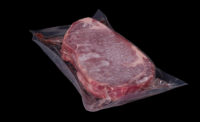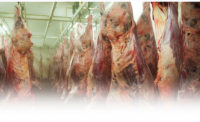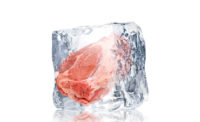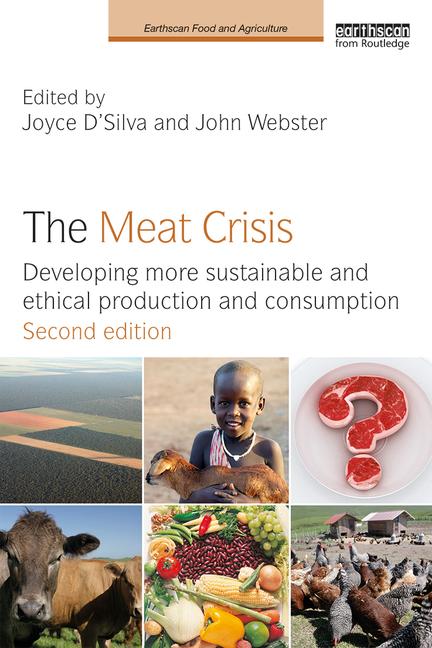Processing Tech
Sustainable freezing, chilling
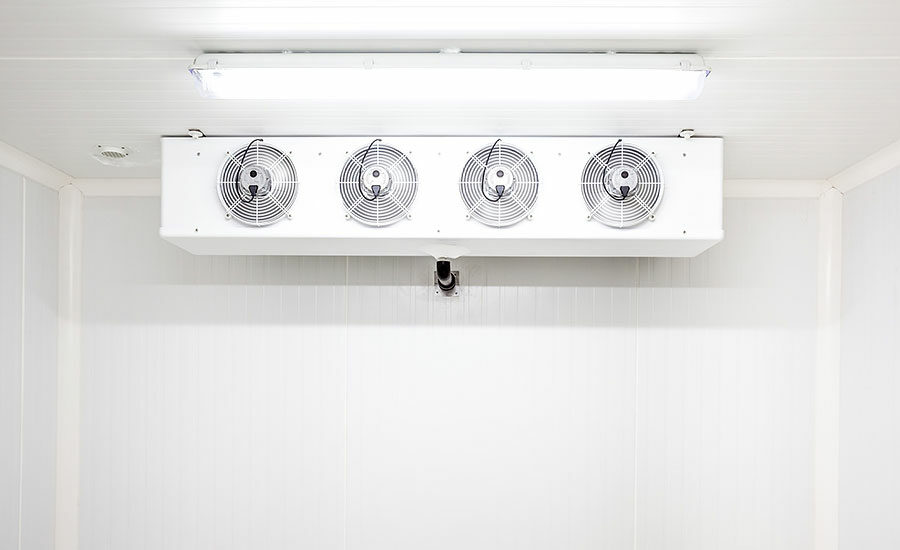
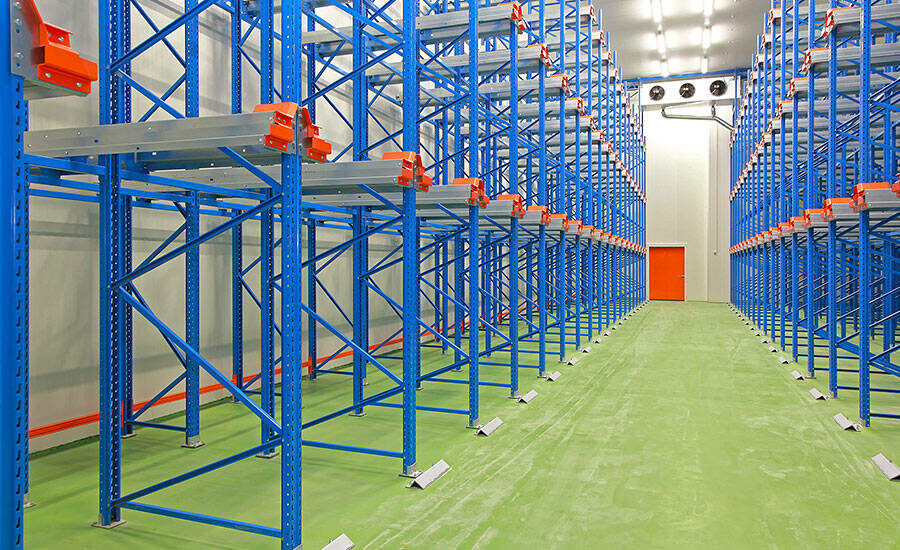


Freezing and chilling systems, rooms and facilities continue to advance, as do the quality, sustainability and eco-conscious goals for most processors in this arena.
For example, Ruiz Foods Products Inc., in Dinuba, Calif., always looks for improvements regarding product quality and safety, so these factors were considered when the company moved to what it believes to be one of the most technologically advanced freezing systems today. As a matter of fact, after learning about the benefits of this new freezing system, the company decided to install it in both its most recent line additions in Denison, Texas, as well as in the build-out of its new Florence, S.C.-facility, says Brian Miller, Ruiz Foods’ senior vice president of supply chain.
Two highlights of Ruiz Foods’ new freezing system are that it has a fully welded enclosure and a belt that is self-supporting instead of a caulked enclosure and a belt on rails.
“Having less structural steel that needs to be cleaned means the system uses much less water during washing,” Miller explains. “In addition, the new steam injection capability offers a sanitizing process that reduces the amount of chemicals needed to sanitize the machine.”
Furthermore, because of the reduction in structural steel that has to be moved up and down in temperature (approximately 20,000 pounds), the refrigeration and freezing improvements reduce power consumption needs by 20 percent while still providing the same freezing and refrigeration capacity, he says.
“No. 1: This new system helps us meet our high productivity goals,” Miller says, recapping its benefits. “No. 2: It reduces water harborage and microbials, helping us meet our high quality standards. No. 3: It offers us between a 15 to 20 percent energy savings while providing the same freezing and refrigeration capacity. No. 4: It brings us a 30 to 40 percent water savings. And No. 5: It takes us to a new level of food safety and team-member safety.”
Liberty Cold, in Bolingbrook, Ill., also had eco-conscious principles in mind while it was building its new cooler/freezer facility and was fortunate enough to work with knowledgeable partners to bring new technology and efficient systems to Liberty Cold.
Tim Cox, vice president of Liberty Cold, enlisted Rick Watters, vice president of industrial refrigeration at AMS Mechanical Systems, in Burr Ridge, Ill., to design the refrigeration system at its new 175,000-square-foot cold-storage complex that opened one year ago. Cox and Watters made the decision to pursue a direct expansion (DX) ammonia-based system that uses special evaporators to reduce the ammonia requirements on the system.
“This system has been around in cooler conditions, but recently has been installed in freezer environments,” Cox explains.
A traditional system would deliver three times the ammonia needed for the evaporator to keep the coils adequately supplied. The system then returns gas and liquid ammonia back to the engine room. By using a DX system, Liberty Cold sends the right amount of ammonia to the system where evaporators spray ammonia over the coils as opposed to oversupplying ammonia to keep them wet.
“Since we don’t overload the ammonia charge, there is no liquid ammonia returned to the system,” Cox says.
The Liberty Cold facility features 19,000 pallet positions (up to 18,000 freezer pallet positions) along with 112 blast freezer positions. The ammonia charge for the site is 5,500 pounds, which is well below that of a traditional ammonia system, Cox says.
“There are only a few freezer facilities in the United States utilizing DX in a freezer our size,” he says.
To help develop the technology, Liberty Cold and AMS have allowed its evaporator manufacturer to use Liberty Cold’s system as a real-time laboratory to test and optimize its evaporators and liquid feed systems.
Another new technology that continues to gain momentum is that of in-rack blast freezing. The in-rack freezing system allows Liberty Cold to blast in a minus-5 degree Fahrenheit room and reduce energy by up to 30 percent. The reduced energy load for Liberty Cold has been a big plus while meeting the demands of bringing 2,000-pound pallets of frozen meat to 0 degrees Fahrenheit in 34 hours.
Going forward, Watters sees a big push to move toward dry-coil adiabatic water condensers to reduce water usage by as much as 64 percent.
“Liberty Cold is evaluating this for an expansion to their Bolingbrook location as the company continues their commitment to the environment through their achievements as a landfill-free company and constantly striving to reduce their use of energy sources and water in their facility,” Cox says. NP
Looking for a reprint of this article?
From high-res PDFs to custom plaques, order your copy today!




